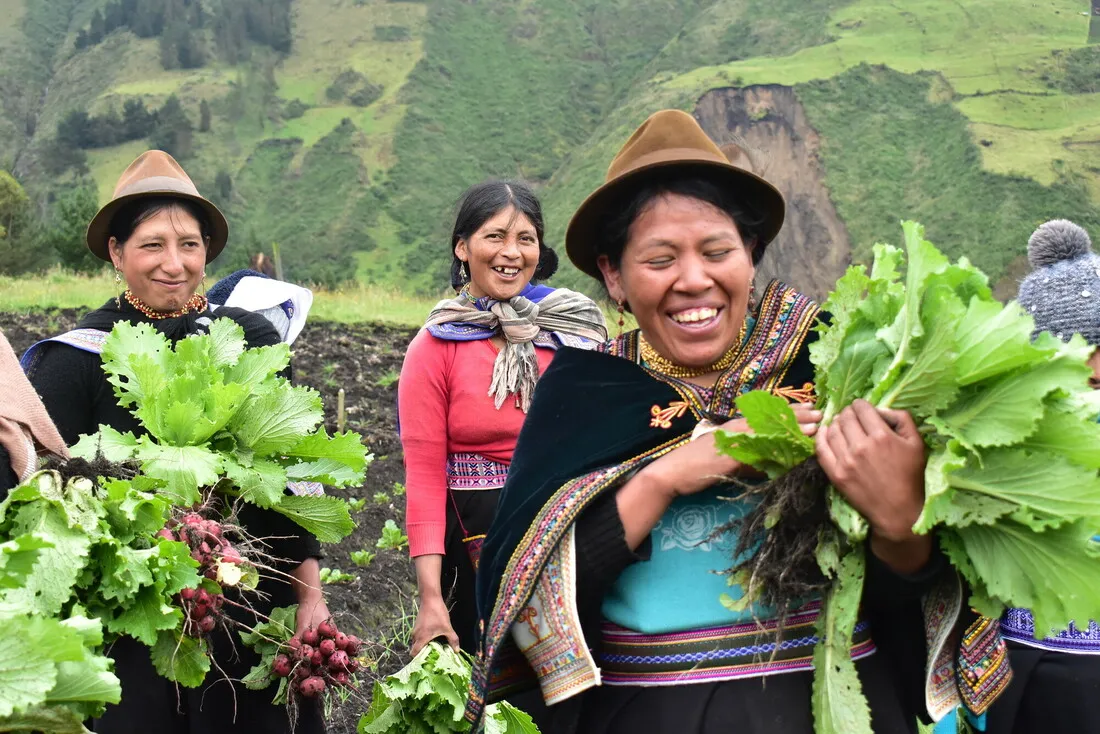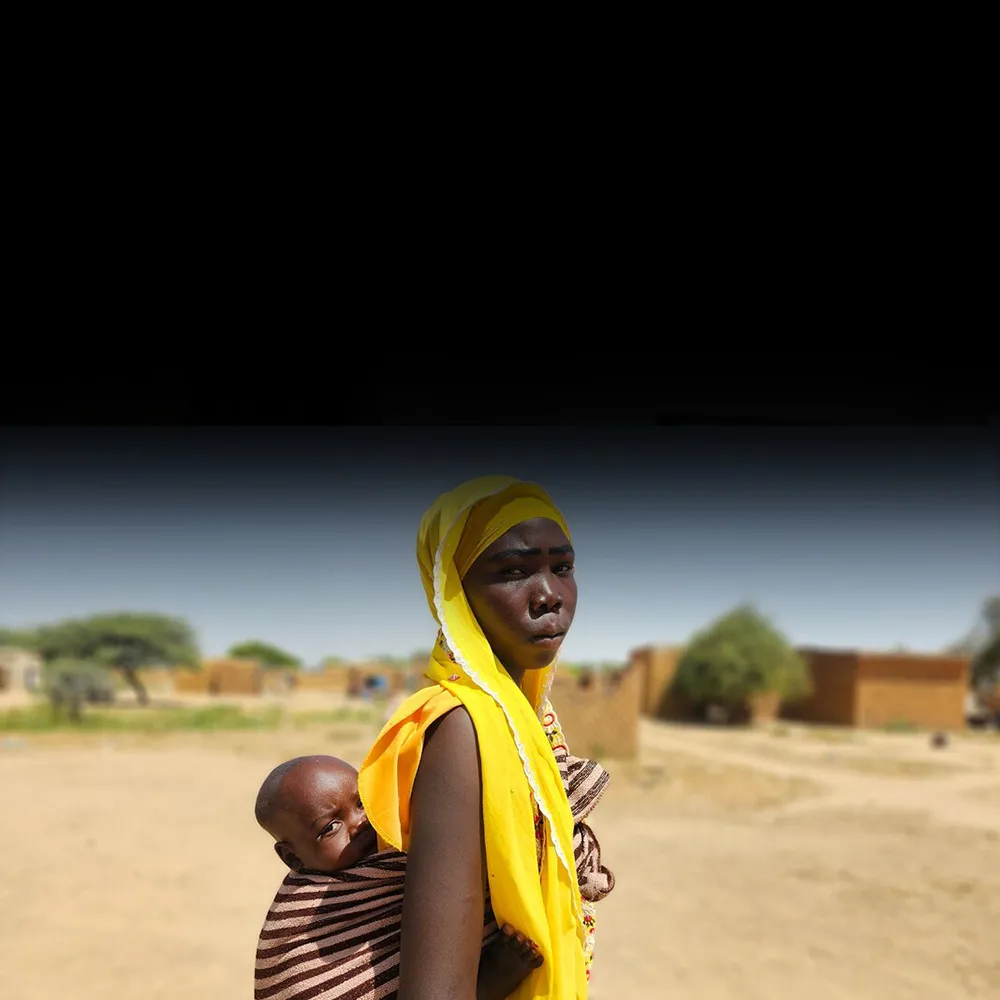Women who work in agriculture face many challenges. They:
- Are routinely paid less than men for their labor
- Carry a heavier burden of household responsibilities
- Are often excluded from important decision-making
- Are under-represented in agricultural organizations.
This means that even though women could play a bigger part in feeding their families, determining their futures, and building stronger communities, they often don’t get the chance.
CARE’s agriculture programs help to close these gaps. We work with women and their communities to improve food production, increase incomes, and build lasting change.


